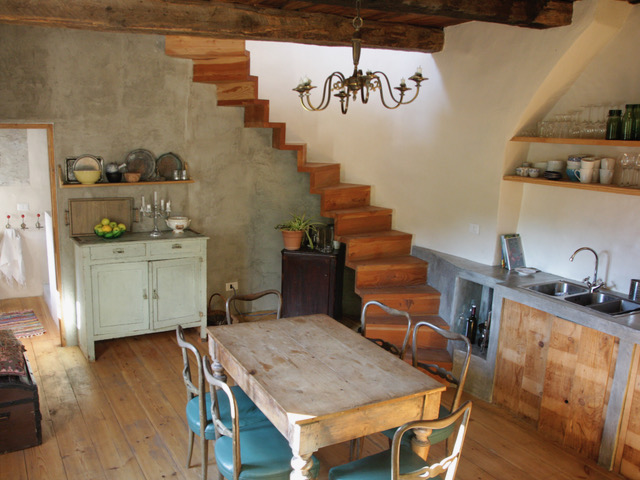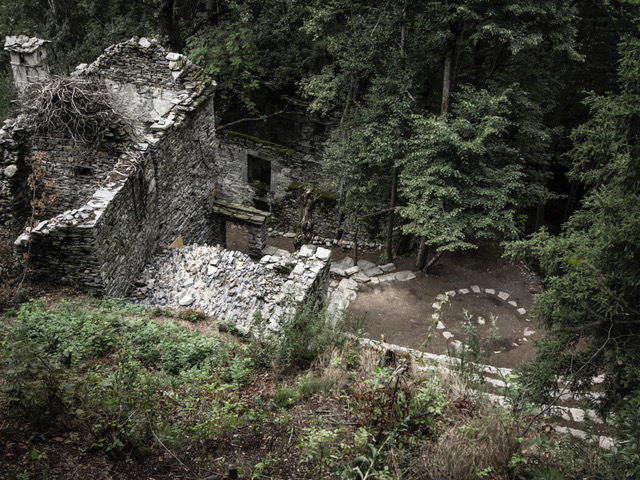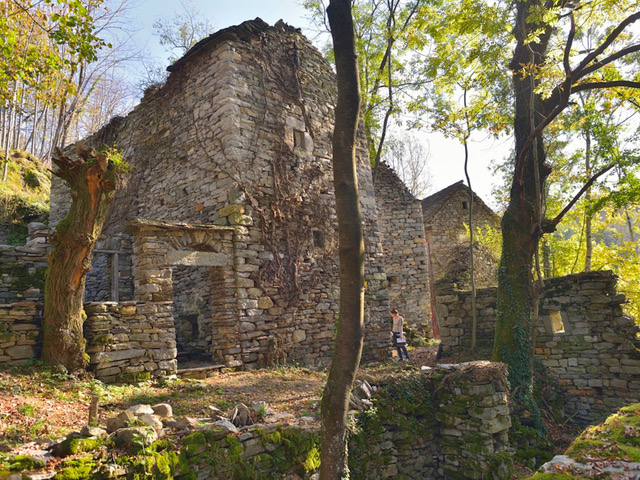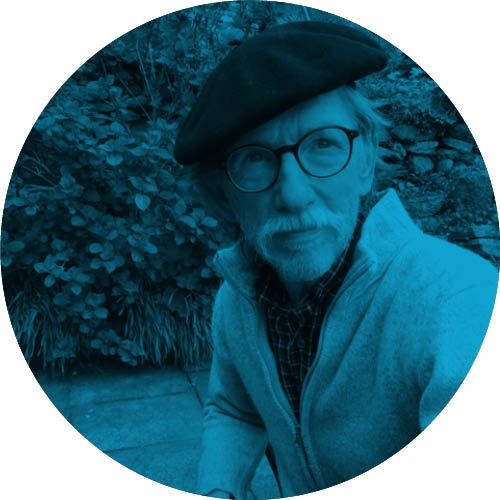
Ken Marquardt
The Canova Foundation, Italy
Born March 11, 1951 in the Ozark Mountains of Arkansas, USA. In the early ‘70s he and his wife, painter Kali Marquardt, moved to Europe, first living in Ireland and then Greece and Spain where their two daughters were born. In 1989 they settled in Val d’Ossola located in Italy’s northern Piemonte Region where they purchased an 17th century stone house in the abandoned village of Canova, Oira. This was to be the be- ginning of 24 years of physical labour and apprenticeship learning which has resulted in the restoration and revitalization of the village.
He is founder of the Canova Association which in May 2024 became The Canova Foundation, an international non-profit organization created in February 2001 with headquarters in the Ossola Valley. The region, rich in medieval stone architecture and megalithic sites, has been largely ignored by the local population leading to the rapid loss of an architectural and cultural heritage of inestimable value. The Canova Association is a growing group of individuals working to arrest this tendency and to sustain the life that has animated these structures for centuries. The cultural identity which is embodied in this medieval heritage extends across the mountainous regions of Europe, from the west coast of Ireland to the Trasos Montes of Portugal, from the Pyrenees to the Dinaric Alps and on to the Aegean coast of Turkey. His approach to restoration focuses on continuation and celebration rather than conservation and preservation.
Since 1989 Ken has been responsible for the restoration of sixteen historic rural stone houses in the Ossola Valley, ten of which are in the village of Canova and he has led numerous international and Italian field schools dedicated to learning the craft of stonework while restoring landmarks for the local community.
Ken offers free consulting on a limited basis to owners of historic stone buildings in order to combat the ad- vice “freely” given by construction companies to demolish and build new with the excuse of saving costs. This approach of “renovation with respect” offers not only substantial economic savings but more importantly a quality of life which is being highly undervalued thanks to current fashion trends and stereotypical consumer models.
Ken dedicates a large percentage of his time in organising international field schools collaborating with institutes of higher learning. After decades of apprenticeship in the restoration of the village of Canova the Canova Association and other members and friends have begun purchasing a medieval village that has been abandoned for one hundred years with the aim of creating what is called “ the infinite laboratory”. The fascinating village of Ghesc now provides the opportunity for discovering and learning to see historic layers in a multitude of disciplines. Courses focus on anything from basic masonry skills to laser scanning, from cleaning out rubble to contemporary architectural design solutions. New courses are focussing on film, archaeology, and fresco restoration.
For the past 20 years Ken has organized the Canova International Architect Encounter. Four architects usually of international repute are invited in the month of June to spend four days together to experience the extraordinary beauty as well as witness the present rather sad state of the Ossola Valley’s rural medieval architecture. Their presence combined with their public presentations has had a profound effect in helping local administrators and the general population to appreciate the real value of their heritage. There are now an impressive cast of architects, nearly 65 to date, who have shared this experience, many of whom are entering into a more active role in helping Canova realise its goals.
The steady decline and abandonment of the village of Canova reached its peak in 1989 when Ken and Kali Marquardt arrived with their two children and began to restore the house that would be their home for the following seventeen years. Canova was one of many medieval villages that were being abandoned for brightly coloured apartment blocks or dream homes sprouting up on the fertile agricultural lands along the Toce River. A year later they were joined by Fritz and Beatrix Schaeren who not only shared their passion for the fascinating ruins of Canova but had the means to begin the process of rebuilding. Over the years they were joined by other friends, both local Italians as well as those from Sweden and Switzerland. A “dream team” was formed, all drawn to the charm and potential of the village, even in its advanced state of decay. There was no need to draw up a formal mutual agreement that would influence each family’s approach to the restoration or renovation of their house.
There was one unifying concept that guaranteed a harmonious result: respect.
It was during those first ten formative years together in Canova when the entire village was a bustling worksite by day and filled with candles and music by night that the true nature of these houses again found their voice and began to recount their stories as they had for centuries.
It was an innocent moment, totally lacking in overly self-conscious historical preservation philosophy or, for that matter, professional preparedness. The new settlers were simply continuing to participate in an ongoing story.
Having traveled widely Ken realised that the rural stone landscape and settlements were in a similar state of abandonment throughout the mountainous regions of Europe.
It was from this experience that on 10 February 2001, seven people put their signatures to the creation of The Canova Association, which in May of 2024 would become The Canova Foundation.

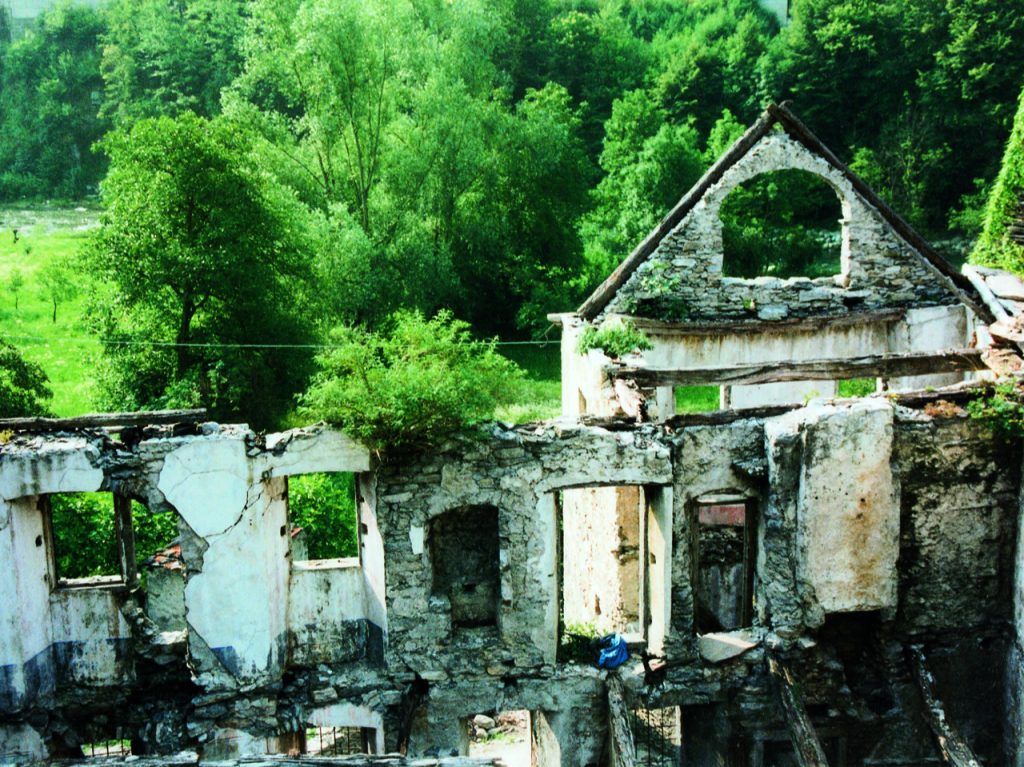
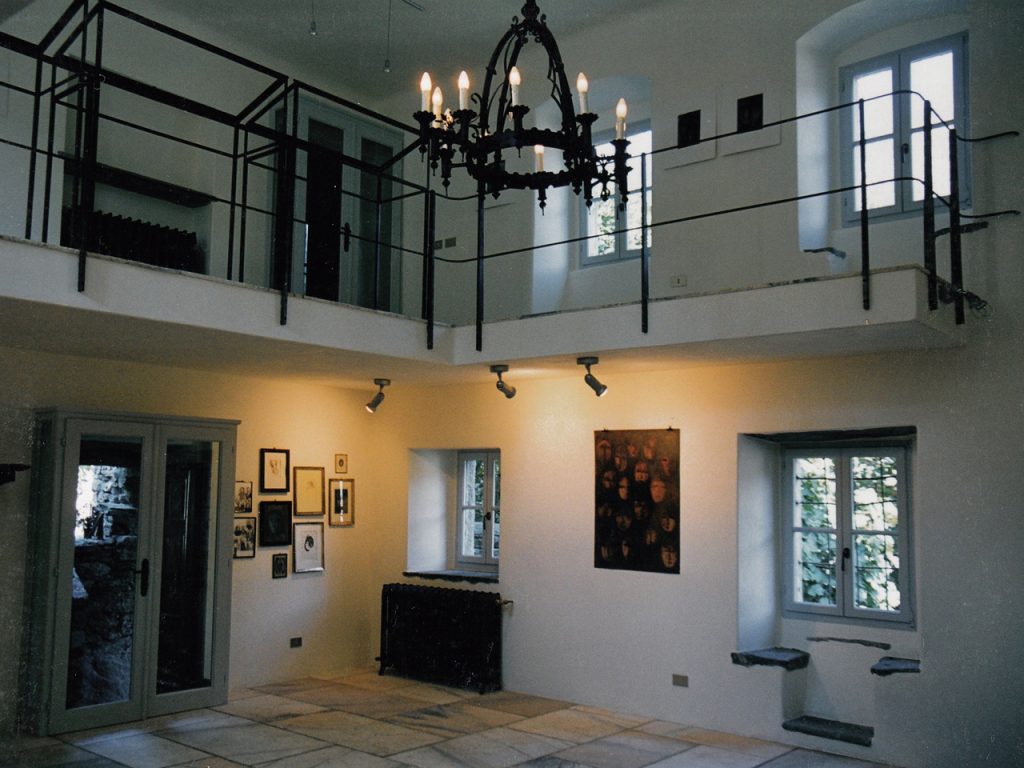
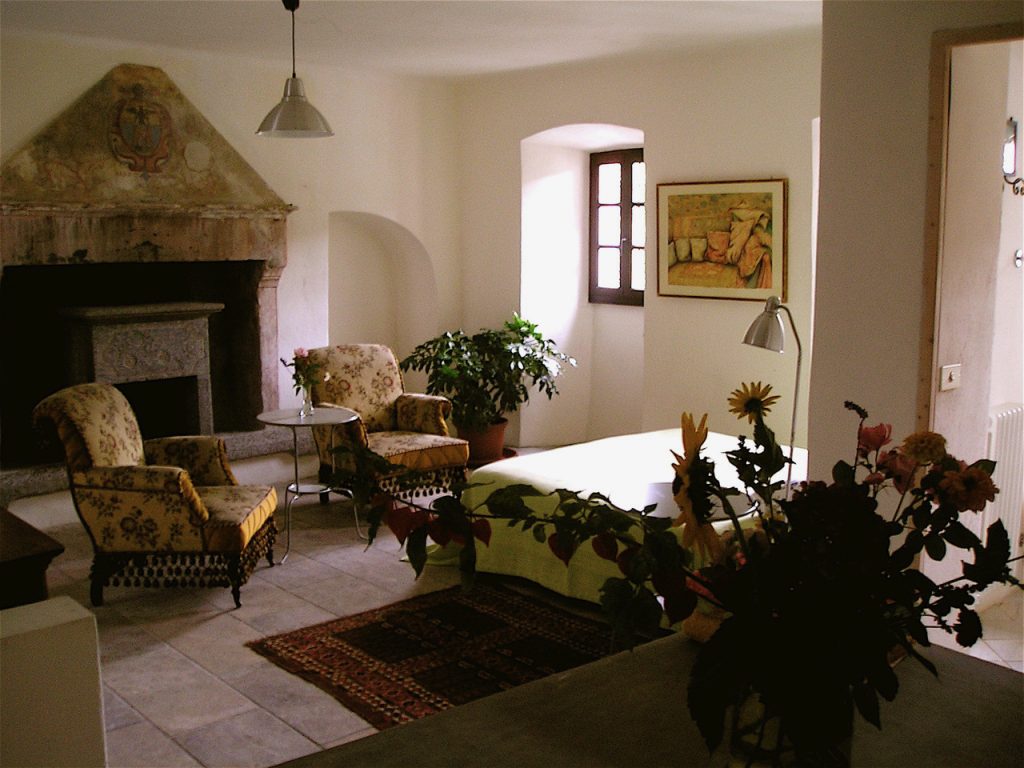
Soon after embarking on the renovation of the village of Canova, Ken and Kali Marquardt started dreaming of an even more challenging project. Across the River Toce, Mother Nature had almost entirely repossessed the village of Ghesc, uninhabited for 100 years.
In July of 2007, Maurizio Cesprini and Paola Gardin, a young couple who had joined the newly formed Canova Association, bought one of the ruins and renovated it with their own hands.
The Canova Association subsequently purchased the central core of the village and the Ghesc Project soon became the focal point of Canova’s mission by establishing it as The Village Laboratory, hosting field schools with international partners and Italian institutes of higher learning.
The Ghesc Project resembles more Werner Herzog’s Fitzcarraldo dreams of taking Opera to the jungle than the establishment of an educational institution, which, it nevertheless is. And that is the very essence of the Ghesc adventure: learning by discovery. It all begins the moment one takes the first stone in hand. From then on, the house itself and the village as a whole become the “project manager”.
Envisioning a final restored state is both unfathomable and unimportant at this point, as it should be.
The advantage of this approach is that once the danger has been removed the process then becomes the result, and there you have it, an infinite laboratory of learning.
